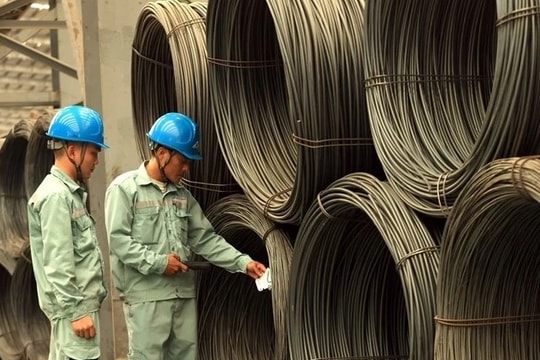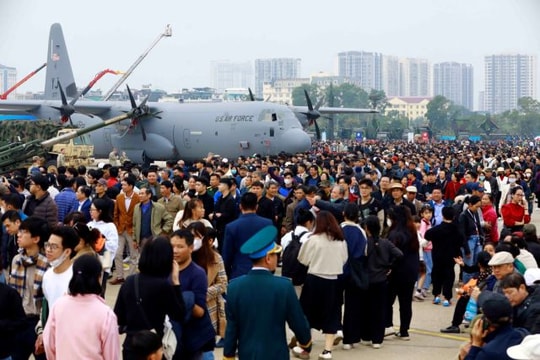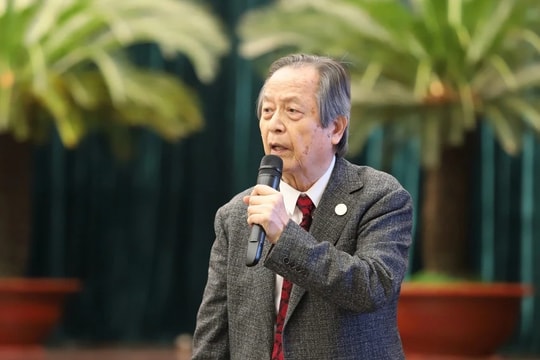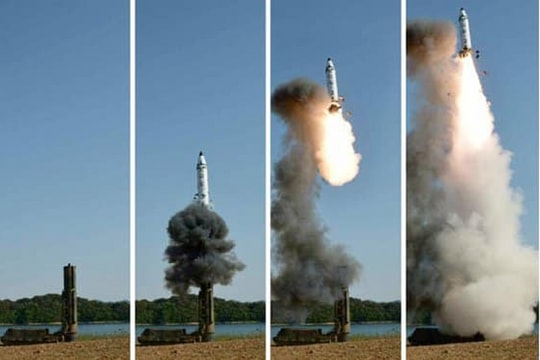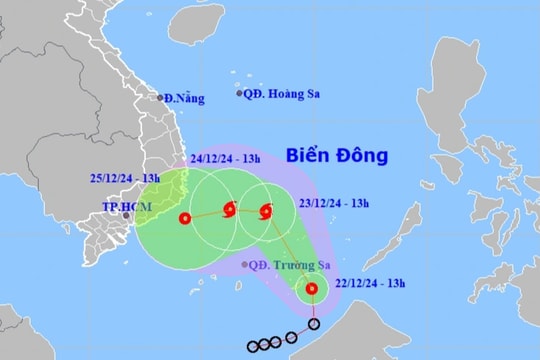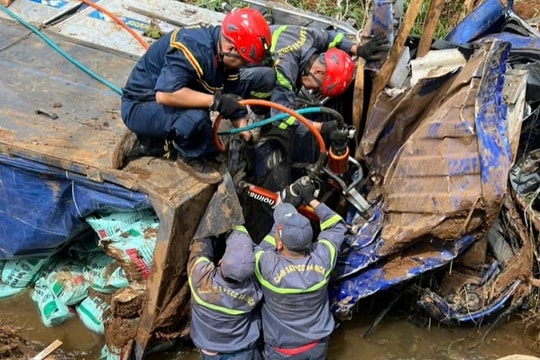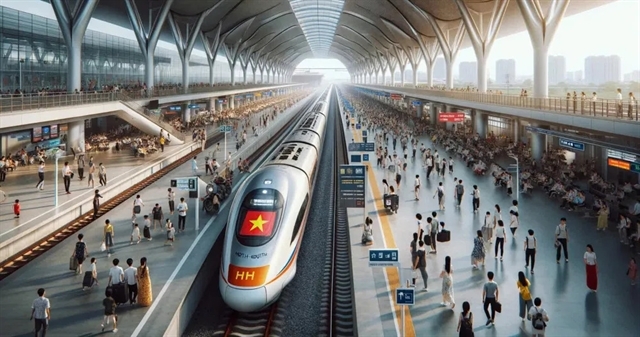
The project is expected to be 1,541km long, with a design speed of 350km per hour. The construction is due to start in 2027 and completed by 2035.
According to the project’s pre-feasibility report, the total investment is about US$67.34 billion.
Deputy Minister of Transport Nguyen Danh Huy said that they have coordinated with the Ministry of Finance to assess the current scale of the economy, the public debts and macro-financial indicators. In addition, the MoT has also coordinated with the Ministry of Planning and Investment to assess the ability to raise capital for the project as well as other issues. The assessment shows that raising capital sources for the project is not a big challenge at the present time.
The Government has so far also proposed solutions to raise investment capital for the project, including issuing Government bonds, attracting domestic investment resources and mobilising foreign resources with less constraints.
According to the MoT, the implementation process will mobilise a variety of legal capital sources for investment. Regarding the ability to raise capital, the ministry proposes to supplement a number of specific mechanisms.
During the implementation process, the Prime Minister Phạm Minh Chinh has taken the decision to use capital sources from Government bonds, ODA capital, foreign preferential loans and other legal domestic capital sources.
Sufficient capital would be allocated to the project through many medium-term public investment plans, in accordance with the time and progress of the project’s implementation.
The medium-term and annual public investment plan of central budget capital allocated to ministries, central agencies and localities will be adjusted to arrange capital for the project in case the total medium-term capital approved by the National Assembly each year does not change.
Deputy Minister of Finance Bui Van Khang said that ministries and branches have so far coordinated very closely and agreed to propose four methods to mobilise capital for the project.
The first method is to develop a five-year national financial plan for three periods until 2035, with a balance of resources to ensure full implementation of the State budget expenditure tasks as prescribed by the Law on the Budget. In particular, the plan prioritises expenditure for development investment, especially national and key projects in the transport sector including the high-speed railway project.
The second method is to raise Government bonds with interest rates that are suitable to market conditions and the implementation progress of the project.
The third is to attract domestic investment resources including public-private partnerships.
The final method is to mobilise foreign resources with high incentives, reasonable negotiation conditions and few constraints.
With the above capital raising plans, Khang believes that financial preparation for the high-speed railway project is ready to ensure the highest level of feasibility according to the approved roadmap.
Dr Hoang Van Cuong, member of the National Assembly's Finance and Budget Committee, also admitted the need to develop a specific mechanism to implement the high-speed railway project, in which the first goal is to have a mechanism to concentrate investment capital sources.
Although the project requires a large capital source, it must be prioritised and not allowed to lack capital during the implementation process, Cuong noted.
Cuong suggests the Government must consider capital raising solutions such as increasing public debts, issuing Government bonds, and even issuing international bonds to raise international resources.





